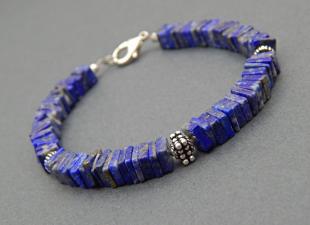Immediately you need to dispel the myth that life expectancy is directly related to the length of the life line. The latter encircles the elevation of the thumb and differs in its length for different people (you can read about the location of the lines on the hand in the article Palmistry).
Studies have been conducted on the hands of those people who died of natural causes. The purpose of these studies was to determine the relationship between the length of the life line and the number of years lived. No direct relationship between length and years lived was found. In some cases, the owner of a long line of life died much earlier than the owner of a short one. This news will undoubtedly please those people in whom the length of the ill-fated line is distressing.
So how to determine the life expectancy of the hand? A careful study of the hands of centenarians showed that the main thing is not the length of the life line, but the distance at which it is located from the crease located at the base of the thumb. Moreover, it is not the actual dimensions in centimeters or millimeters that are important, but the proportion relative to the middle and ring fingers.
To correctly account for proportionality, two axes are introduced - the main and additional. The main axis is taken from the middle of the fold that separates the middle finger from the palm. It is drawn down to the base of the palm and runs parallel to the edge of the palm. The additional axis is drawn strictly parallel to the main axis and is taken from the middle of the fold that separates the ring finger from the palm.
For greater clarity, the material presented is reflected in the figures. They show the relationship of the axes with the lifeline. It is on them that the life expectancy of each person is determined.
The rules here are very simple and clear. If the line of life on both hands does not touch the main axis (Fig. 1), then you need to measure the distance between the line and the axis. The resulting millimeters should be subtracted from 80 years. The resulting number will be equal to the life expectancy.
If the main axis is in contact with the line of life on both hands, then the person will live 80 years (Fig. 2).
If the main axis crosses the life line twice (Fig. 3), then the life span allotted by fate increases to 95 years.
In the event that the line of life touches the additional axis (Fig. 4), then this indicates a 100-year stay on sinful earth.

But when the additional axis crosses the life line (Fig. 5), then such a lucky person is measured 115 years of life.

It often happens that on the left and right hands the indications of the proportions differ. In this case, the number of years on the right hand and the corresponding number of years on the left hand are determined separately. The resulting values are added and divided in half. The resulting value will be the true number of years.
Do not forget that this technique determines life expectancy by hand without taking into account negative factors. That is, it characterizes the body's margin of safety, but does not take into account bad habits and tragedies.
These are drugs, vodka, smoking, car and air accidents, terrorist attacks, death in the war and other negative aspects. All this is told by other signs on the hands. And you, most importantly, take care of yourself and try to live as long as fate has measured for you.
Egor Laskutnikov
 ___domain___ Secrets of magic.
___domain___ Secrets of magic.


